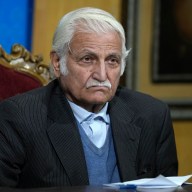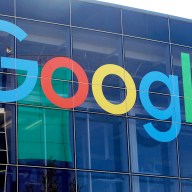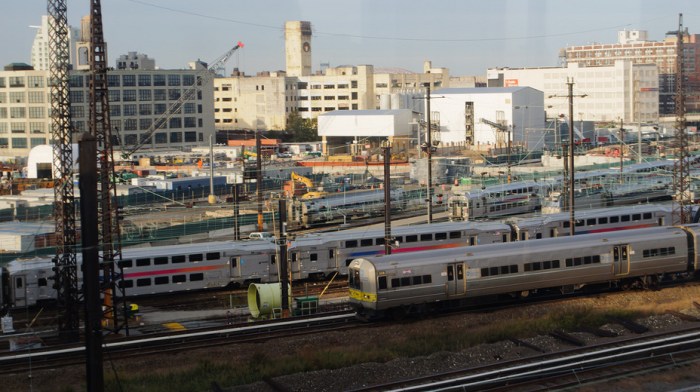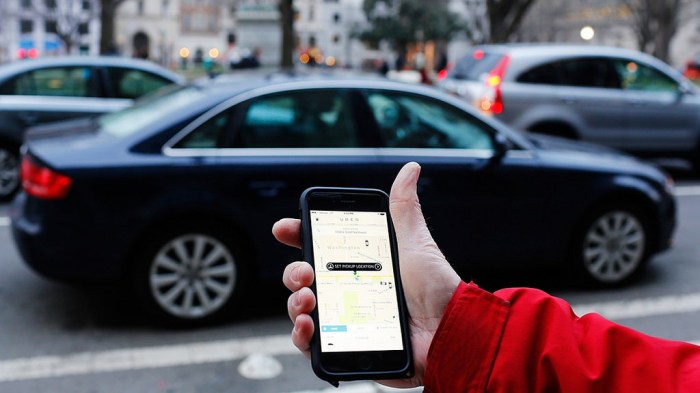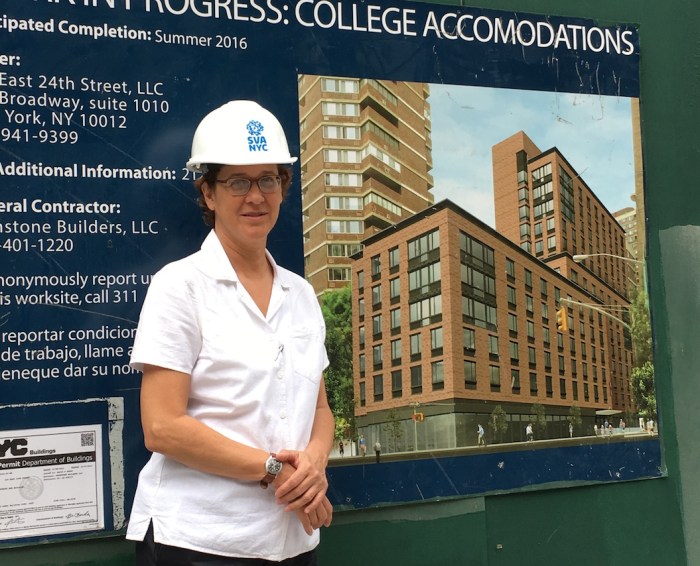Digital countdown clocks for New York City’s N, Q and R trains were introduced as a 90-day pilot program at several stations starting in August, and the results are in.
Estimated arrival times were fairly accurate but could still use improvement, according to a report by the transit watchdog group Riders Alliance. In the study, “Countdown to Success: An Evaluation of Real-Time Arrival Information on the MTA’s Lettered Lines,” the alliance found that the experimental clocks installed at eight Midtown stations along the N, Q and R lines were generally reliable. The W line was not back in operation when the Riders Alliance conducted its survey over the course of one week in September. Arrival estimates werewithin one minute of the actual arrival about 60 percent of the time, and within two minutes about 80 percent of the time.
But the MTA offered different results from its more extensive 90-day study of the system. That study yielded an accuracy rating of 97 percent, officials said. Testing of new countdown clocks with enhanced LCD screens was performed at the 23rd Street; 28th Street; 34th Street; 42nd Street; 49th Street; 57th Street; 5th Avenue/59th Street; and Lexington Avenue/59th subway stops. Kevin Ortiz, an MTA spokesman, said the new clocks “performed extremely well in all categories” during a battery of tests to evaluate the accuracy of location data, performance of Transit Wireless infrastructure, performance of the LCD displays, and other aspects. He added that the LCD screens, which look much like computer screens, have the added capability of exhibiting public service announcements and other content. In the experimental system along the lettered lines, theclocks or “beacons” send signals between transponders on trains and the receivers in stations, creating a central database collecting train location information. Yet the technology could perhaps benefit from adjustments, the study found, because the clocks on the numbered lines were significantly more accurate.
New York City subway riders have enjoyed the convenience of the digital countdown clocks on numbered lines since 2006. The L train’s countdown clock began operating in 2008.
A decade later, the MTA unrolled thispilot program to test an expansion of the countdown clock technology at the urging of Gov. Andrew Cuomo.
The reason for the delay: The clock technology on the numbered train lines does not work on the lettered lines, necessitating the “beacons” method, according to the Riders Alliance.
“This is a good example of how the MTA when faced with a technological problem getscreative and findsa way around it,” John Raskin, executive director of the Riders Alliance, told Metro. The report makes several suggestions to the MTA about the installation of these new signs, including fulfillment of the proposal to have countdown clocks at all lettered line platforms by the beginning of 2018. The information should also be made available online, and also shared with app developers so private companies can make use of the data in transit apps. The MTA said it could now fast-track the installation of countdown clocks in all 271 lettered-line stations. In an emailed statement, Ortiz said that would also include the new Q line stations on the Second Avenue subway, which is scheduled to begin service on Jan. 1. He added that installation of the clocks at all lettered line stations would be completed by the end of the first quarter of 2018. “This will also include providing real time train arrival information through our apps and third party developers as we currently do on the numbered lines,” he said. They also suggest that the real-time data be integrated with the “On the Go” information kiosks found in 30 stations, where inaccurate arrival estimates are common. Meanwhile, the Riders Alliance report also suggests showing the arrival information for trains at other platforms, and even for buses, to make transferring less of a guess. “New Yorkers are an anxious people, but we’re calmer when we know where our train is,” Raskin said, in a statement included in the report. “The MTA should expand this program (to all the lettered line stations) as quickly as possible, and should make the information available online for riders to use.”
Countdown clocks on lettered subway lines should be expanded as ‘quickly as possible,’ report says

Rachel Kramer Bussel/Creative Commons








